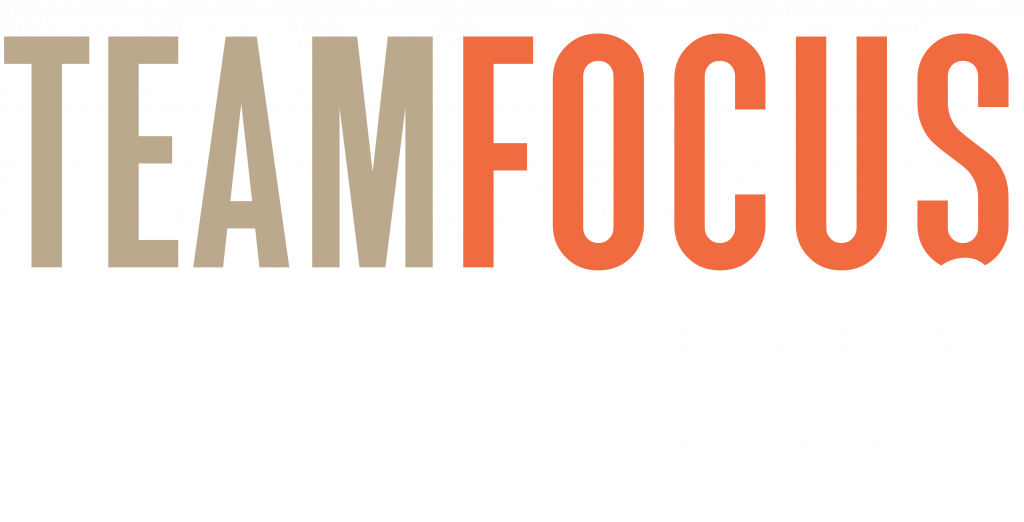In today’s competitive landscape, successful Aussie businesses know that brand promise isn’t just something for the marketing team to worry about—it’s a lived experience shaped by your people every day. And when your team culture doesn’t match your brand promise, customers notice.
That’s why culture-brand alignment is more important than ever.
Why Culture and Branding Must Work Together
The best organisational cultures aren’t just warm and fuzzy—they’re strategically aligned to support the company’s purpose, brand, and customer expectations. When this happens:
Your team culture is connected to brand values
Employees feel pride and ownership
Customers get a consistent and high-quality experience
That’s why building a customer experience culture starts with your internal conversations, not your external messaging.
Moving Beyond Culture Change Fatigue
Let’s face it—most employees are change fatigued, especially when it comes to vague “culture change” initiatives. But they will engage with conversations about brand.
Instead of talking about culture change, shift the conversation to your brand promise:
What does the brand stand for?
What expectations does it set for the customer?
What behaviours are needed to bring it to life?
This reframing helps people see culture as a tool for achieving brand outcomes.
Make the Brand Promise Personal
To create true organisational culture alignment, each team should define how they support the brand promise in their daily work. This starts by having every leader facilitate two key conversations:
With their team: “What’s our team promise, and how does it support the brand promise?”
With individuals: “What do you personally do to contribute to our team promise?”
This approach transforms the brand from a corporate slogan into a shared commitment. It also lays the foundation for culture continuity as your business grows.
Keep Culture Definitions Simple
Once your teams understand how they support the brand, the next step is to define the culture needed to deliver on it. A key culture expansion strategy here is clarity.
Use just one or two words to define your target culture—for example:
Bold
Caring
Trusted
Innovative
These words spark conversations and are easy to remember, unlike long lists of corporate values. The goal isn’t uniformity—it’s alignment. Different teams may use slightly different expressions, and that’s okay.
How to Maintain Culture During Growth
If you’re scaling fast, maintaining culture can be challenging. But clear frameworks like this help you maintain culture in growth:
Define your brand promise clearly.
Have each team create a team promise to support it.
Agree on a simple target culture at the company level.
Encourage teams to define their own supporting culture.
This creates both alignment and flexibility—key traits in strong Australian workplace cultures and essential for any business scaling with integrity.
The End Goal? A Culture That Lives Your Brand
When your brand promise is understood and personalised by every team—and supported by a compelling culture—you don’t just get a better workplace. You get a better business.
A business where:
Leaders are aligned and humble
Employees feel connected and empowered
Customers trust and recommend your brand
If you’re serious about culture and branding, it’s time to build that connection intentionally.
Want help bringing your culture-brand alignment to life?
We specialise in helping Aussie businesses turn values into action with practical frameworks, engaging workshops, and leadership coaching that sticks.





